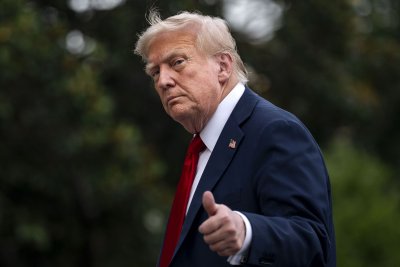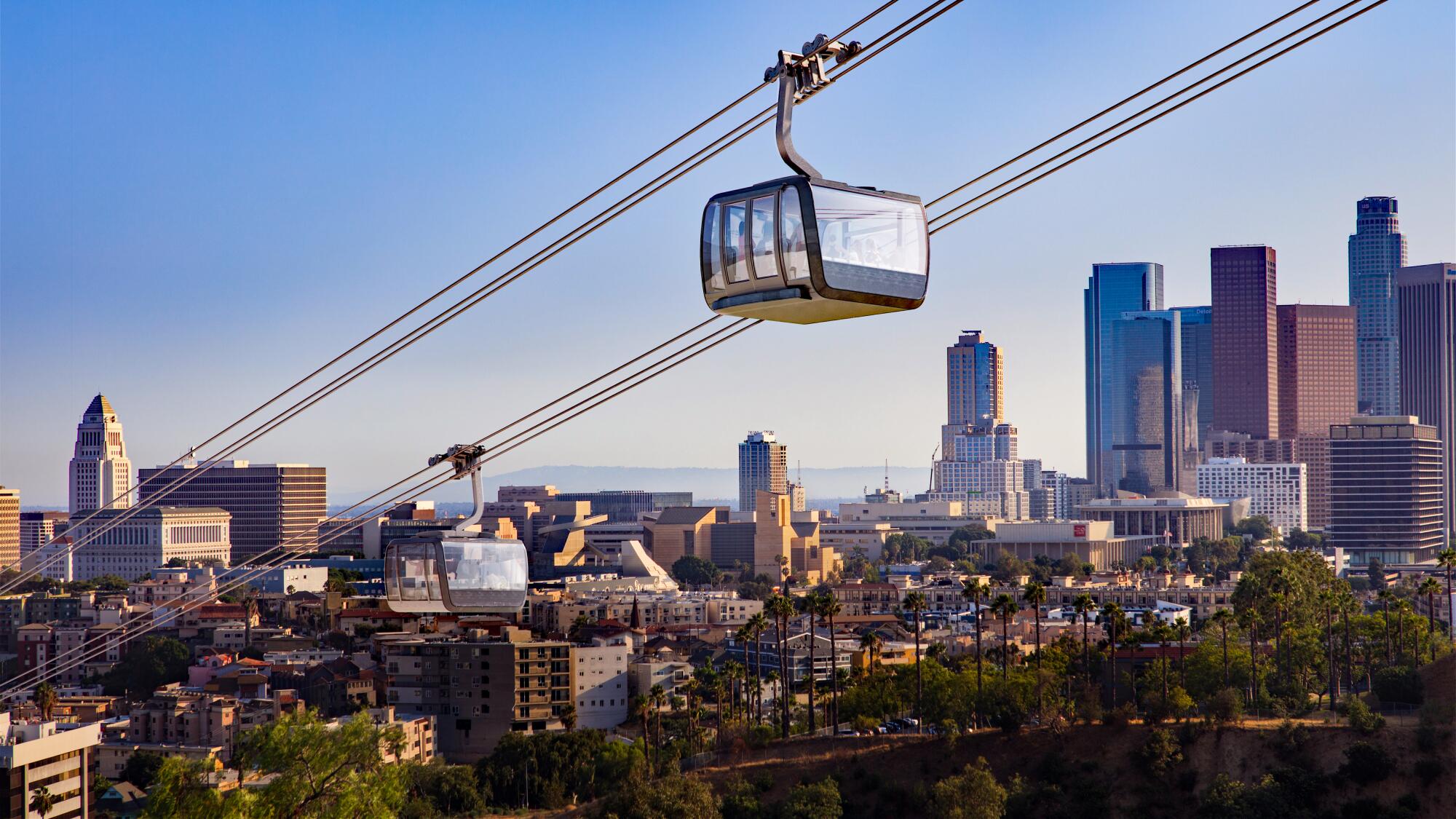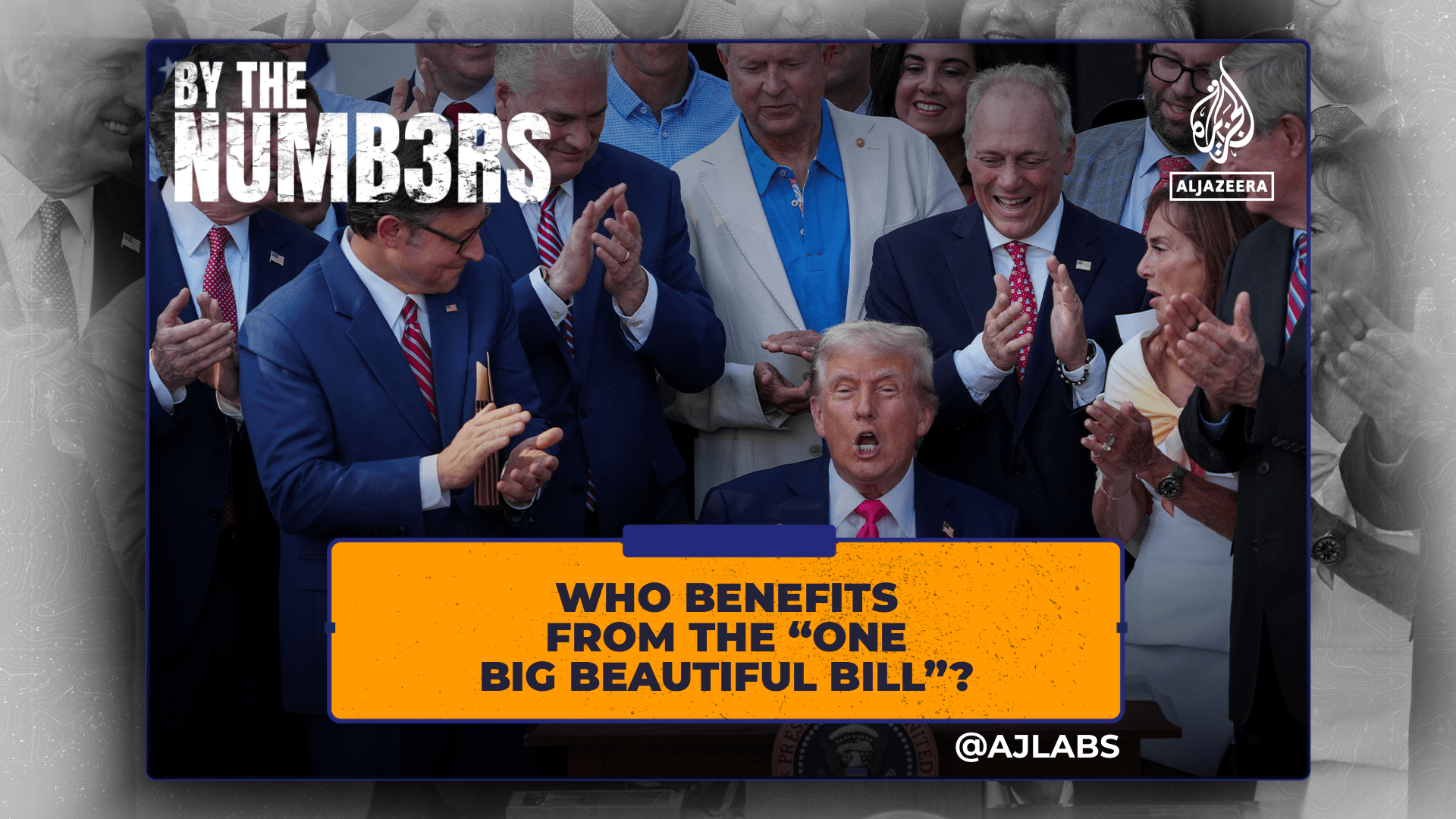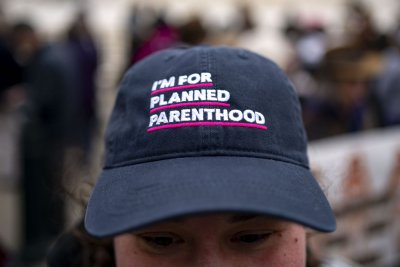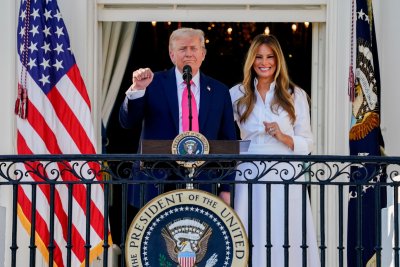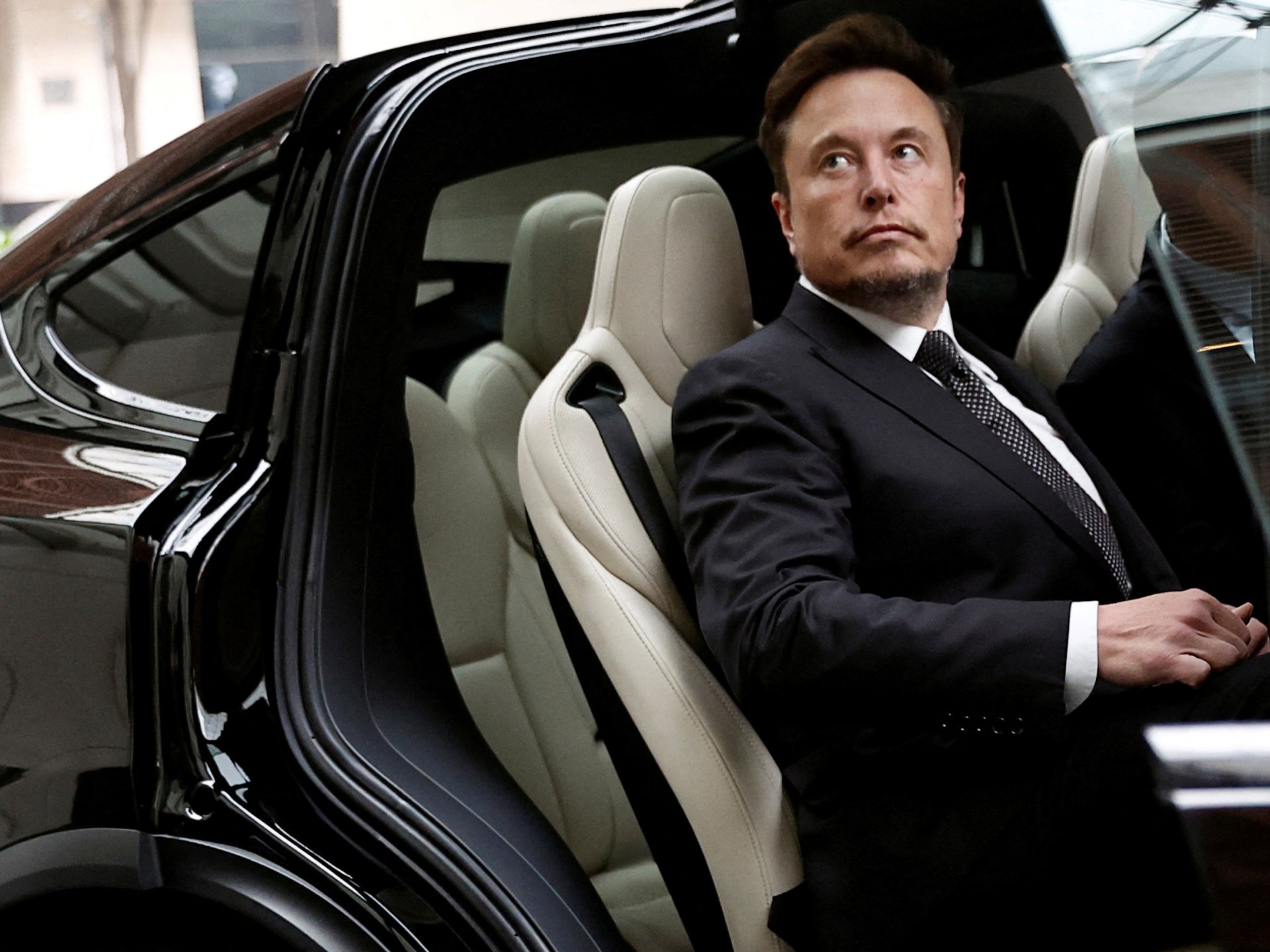Immigrant advocates have warned that the tax and spending bill championed by United States President Donald Trump will send the administration’s controversial deportation campaign into overdrive.
The bill — called the “One Big Beautiful Bill” among its supporters — is slated to be signed into law on Friday, ushering in an influx of funds for Trump’s immigration crackdown.
That comes as experts say the Trump administration has already taken drastic measures to increase its immigration arrests and expulsions. Those arrests have cut deep into communities across the country, prompting protests and other forms of public outcry.
In a statement following the passage of the bill, Vanessa Cardenas, the executive director of the immigration reform group America’s Voice, took aim at White House adviser Stephen Miller.
He is widely seen as the architect of Trump’s hardline immigration policies across his first and second administrations.
“His dreams are America’s nightmare,” Cardenas said. “His mass deportation crusade already is imperiling our industries, spreading fear in American communities, and ripping American families apart and would become all the worse if the big ugly bill becomes law.”
Here’s how the bill could be transformative.
Historic deportation funding
All told, the bill passed by the House and Senate earmarks about $170bn for immigration and border enforcement funding.
That, according to the American Immigration Council (AIC), represents the “largest investment in detention and deportation in US history”.
Of that money, $45bn will go to new immigration detention centres for Immigration and Customs Enforcement (ICE), a branch of the Department of Homeland Security that oversees immigration arrests and the detention of individuals already in the country.
That’s a whopping 265-percent increase from ICE’s fiscal year 2024 detention budget, at a time when advocates have continued to raise concerns about the conditions and oversight of immigration detention centres.
Those funds are projected to expand the capacity of the country’s detention centres from about 56,000 beds to more than 100,000, according to an analysis from the Brennan Center for Justice, a nonpartisan policy institute.
Much of that money is likely to go to private companies, the Brennan Center added. Private firms already oversee about 90 percent of detention centre capacity and will “reap major financial benefits” from the new bill, the analysis said.
“The plan to put hundreds of thousands more people in ICE detention facilities comes at a time when DHS is blocking oversight of those facilities,” Brennan Center analyst Lauren-Brook Eisen wrote.
“And there have been growing reports of unsanitary, harsh, and unsafe conditions. At least 10 people have died in immigration detention so far this year, a rate nearly three times the number of deaths over the past four years.”
The bill’s language has also sparked concerns that it could override legal restraints over how long immigration authorities can detain children, as established in the 1997 Flores settlement.
The American Civil Liberties Union has said the legislation is “opening the door to prolonged detention of children and families”.
Growing immigration ‘dragnet’
The legislation also allocates nearly $29.9bn for ICE’s deportation and enforcement operations, a threefold increase compared to the fiscal year 2024 budget, according to the American Immigration Council.
Immigrant advocates say the agency has already begun to employ increasingly severe tactics to surge its arrest numbers to fulfil Trump’s campaign promise of mass deportation.
In May, immigration officials reportedly set a daily arrest target of 3,000 per day, three times the previously reported goal.
But immigration agents averaged only about 778 arrests per day during Trump’s first months in office, according to government data from January 26 to May 3.
Speaking during a news conference in June, Cardenas warned that the pressure campaign was already creating a “situation on the ground where ICE is literally just trying to go after anybody that they can catch”.
That included raids on workplaces and locations like hardware store parking lots, where immigrants are known to gather for informal construction gigs. Undocumented individuals brought to the US as children, known as “Dreamers”, have also been caught up in the arrest sweeps.
Cardenas described the strategy as a “dragnet” that touched “long-established, deeply rooted Dreamers and other folks that have been in the United States for a long time”.
To increase their arrest numbers, immigration officials have instructed ICE agents to “get creative”, according to a June report from The Guardian newspaper. They encouraged agents to remain vigilant for undocumented individuals whom they may encounter by chance, referred to as “collaterals” in internal emails.
The Trump administration has also sought to expand its cooperation with local law enforcement. The Tennessee Highway Patrol and ICE, for example, collaborated on a series of traffic stops in May that local immigrant advocates decried as blatant racial profiling.
The new legislation includes $3.5bn to reimburse states for immigration enforcement and cooperation.
“We are becoming a police state,” said Gaby Pacheco, the president of TheDream.US, which helps undocumented students pursue higher education and careers.
During a June news conference, Pacheco warned of increased cooperation between local law enforcement and immigration officials.
“It’s difficult to see that those individuals in our community that we have always cherished, like police officers and campus safety, are now acting to the detriment of our communities and going after immigrants,” she said.
Rounding out the immigration funding in the bill is $46.6bn for border wall construction and $4.1bn to hire and train more border patrol agents.
Will the funding ‘make America safe’?
Trump has, for years, pushed the premise that mass deportations are the only way to repair a country beset by dangerous foreign criminals.
Studies, however, show that undocumented people commit crimes at lower rates than US-born citizens.
After Trump’s bill was passed by the House on Thursday, Department of Homeland Security Secretary Kristi Noem wrote on social media that the legislation is “a win for law and order and the safety and security of the American people”.
She added it will “further deliver on President Trump’s mandate to arrest and deport criminal illegal aliens and MAKE AMERICA SAFE AGAIN”.
But new data has continued to cast doubt on the administration’s claims.
On Thursday, The Washington Post published an analysis that found that, while the number of immigration arrests has risen in recent months, the proportion of those arrested with criminal convictions has fallen.
In January, about 46 percent of immigration detainees had been convicted of a crime, according to the report, which relied on statistics obtained by the Deportation Data Project and the UCLA Center for Immigration Law and Policy.
By June, that proportion had dropped to 30 percent.
The report noted that the details of the charges, and their severity, were not available.
Meanwhile, 61 percent of the 93,818 people deported from the country since Trump took office had no criminal convictions, according to the Post. Entering the US without documentation is a civil, not criminal, offence.
Another data analysis, from the Transactional Records Access Clearinghouse (TRAC), offered similar findings.
Out of the 56,397 people held in immigration detention as of June 15, about 71 percent did not have criminal convictions, though 25 percent did have pending charges.
Hector Sanchez Barba, president of Mi Familia Vota, a Hispanic voters advocacy group, was among those decrying Trump’s bill as it passed in the House on Thursday.
In a statement, he pointed to the estimated $3.3 trillion the bill is expected to add to the national debt, as well as the cuts to the programmes for low-income individuals, like Medicaid, used to offset the spending.
“Our children and grandchildren will have to pay for its massive debt,” he said, “while obscene amounts of money will go to ICE policies that punish families and the essential workers our economy needs for their hard work and tax dollars.”
